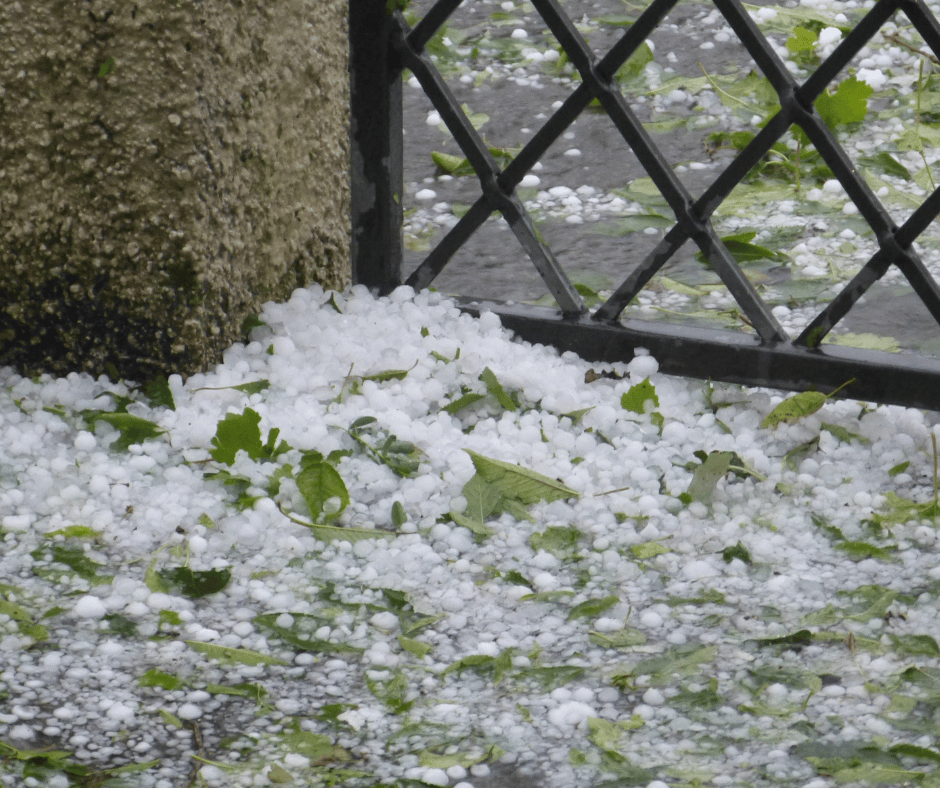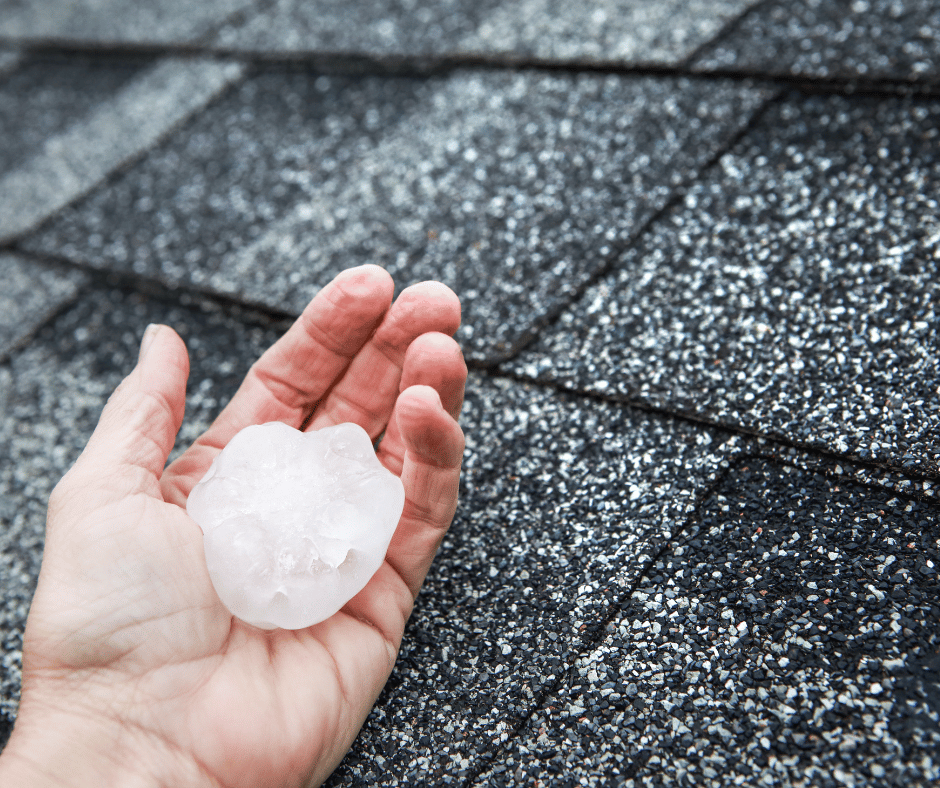Precipitation is one of the most important elements in our environment, and it affects us all. But what many people don’t realize is that there’s a science behind precipitation – how it forms, why some places get more than others, and even how we can predict when it will occur. In this article, we’ll explore the science behind precipitation to gain a better understanding of this natural phenomenon.

We’ll look at the different types of precipitation and their formation processes, as well as examine meteorological data to determine where and when precipitation is likely to occur. By learning about the science behind precipitation, we can make informed decisions about how best to prepare for rain or snowfall in our area.
One of the first things to consider when studying precipitation is the different types of precipitation that can occur. The most common type is liquid precipitation, which includes rain and drizzle. Liquid precipitation is formed when water vapor in the atmosphere condenses into droplets that become too heavy for air currents to hold them aloft. These droplets then fall as rain or drizzle.
In addition to liquid precipitation, there are two other primary forms: ice crystals, such as snow, hail, and sleet; and frozen particles called graupel (or soft hail). Ice crystal formation occurs when temperatures in the atmosphere drop below freezing point and supercooled water droplets freeze onto ice nuclei such as dust particles or microscopic bits of dirt. Graupel, on the other hand, is formed when supercooled droplets freeze to form a layer of ice around an existing particle such as dust or pollen.
Finally, we must also consider meteorological data when studying precipitation. Meteorologists use this information to predict when and where precipitation will occur. This data includes temperature, pressure readings, wind direction, air moisture levels, and more. By looking at past patterns in this data and analyzing current conditions, meteorologists can make accurate forecasts of the likelihood of precipitation in a given area.

By understanding the science behind precipitation, we can better prepare ourselves for wet weather or snowfall. Whether it’s making sure our gutters are clear before a storm or stocking up on winter supplies ahead of time, knowledge of the science behind precipitation is an invaluable asset for any homeowner or outdoor enthusiast. So take some time to learn about the different types of precipitation and how they form, and you’ll be better prepared for whatever Mother Nature throws your way.
